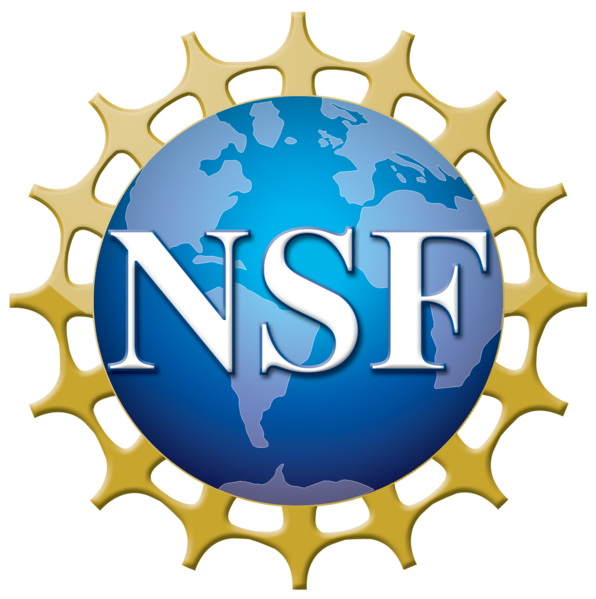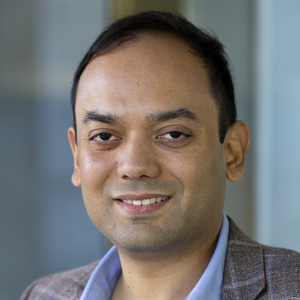arXiv 2308.15028v1
Entanglement Routing over Networks with Time Multiplexed Repeaters
Emily A Van Milligen, Eliana Jacobson, Ashlesha Patil, Gayane Vardoyan, Don Towsley, Saikat Guha
Quantum networks will be able to service consumers with long distance entanglement by use of repeater nodes that can both generate external Bell pairs with their neighbors, iid with probability $p$, as well as perform internal Bell State Measurements (BSMs) which succeed with some probability $q$. The actual values of these probabilities is dependent upon the experimental parameters of the network in question. While global link state knowledge is needed to maximize the rate of entanglement generation between any two consumers, this may be an unreasonable request due to the dynamic nature of the network. This work evaluates a local link state knowledge, multi-path routing protocol that works with time multiplexed repeaters that are able to perform BSMs across different time steps. This study shows that the average rate increases with the time multiplexing block length, $k$, although the initial latency also increases. When a step function memory decoherence model is introduced so that qubits are held in the quantum memory for a time exponentially distributed with mean $mu$, an optimal $k$ ($k_text{opt}$) value appears. As $p$ decreases or $mu$ increases the value of $k_text{opt}$ increases. This value is such that the benefits from time multiplexing are balanced with the increased risk of losing a previously established entangled pair.



